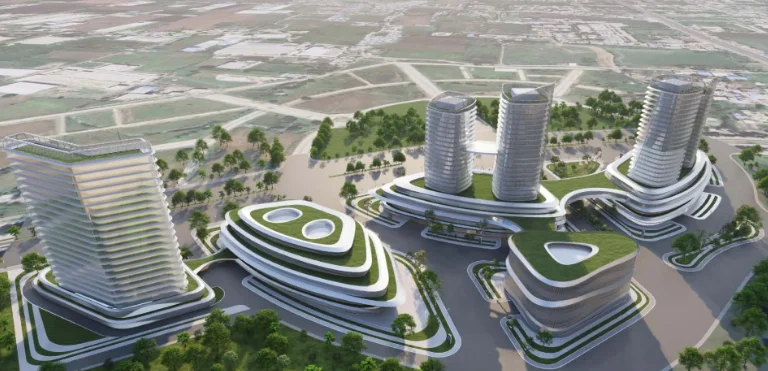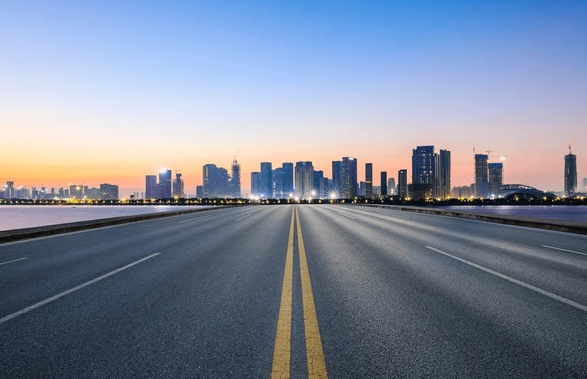Prime Minister Narendra Modi took a step into the future on August 28, 2024, when the Cabinet Committee on Economic Affairs announced the setting up of 12 industrial smart cities in 10 states at a cost of Rs 28,602 crore, based on PM Gatishakti principles. It is India’s most ambitious infrastructure program to date, and aims to create massive engines of growth across the country.
Only courageous and result-oriented leadership can move forward towards realizing the dream of a developed India. The new project to be implemented under the National Industrial Corridor Development Program (NICDP) will accelerate the country’s journey towards this goal. Sustainable development requires another stimulus – large-scale investment for local economies. This is what the Government intends to do. his plan
There has been massive investment in digitally enabled, ‘plug-and-play’ industrial and manufacturing centres.
Today Prime Minister Modi is seen as a practical policy-maker. He soon realized that to lead a huge country like India towards progress, there would be a focus on economic development. The answer was to launch mega-infrastructure projects – building cities of the future, setting up mega maritime hubs, building state-of-the-art road and rail corridors across the country and setting up world-class digital infrastructure. The employment potential of this ultra-ambitious project is huge: it is expected to create 10 lakh direct and 30 lakh indirect jobs. There will also be an investment of Rs 1.52 lakh crore, in which land, water, electricity, gas, telecom, roads, rail, airports will be available ready for allotment to investors. Environmental concerns will also be taken into account along with integrated town-planning and housing facilities for employees close to work.
Since these industrial smart cities will act as economic magnets, they will also relieve pressure on major metros.
Will reduce. This will lead to planned urbanization. This is new India. This is an idea whose time has come. Maharashtra has always been the economic powerhouse of India. It will also benefit the most from a sustainable development perspective and set new standards in infrastructure and transportation. Earlier this year, Mumbai flagged off India’s longest sea bridge – the Mumbai Trans Harbor Link. Coastal Road Mumbai is another mega-project and is currently being developed in phases. Other projects set to transform the economic and social fabric of Maharashtra are the Delhi-Mumbai Industrial Corridor, Navi Mumbai International Airport, Mumbai- Ahmedabad High-Speed Rail and Mumbai-Pune Hyperloop.
Two very ambitious projects are already underway in the coastal areas of Maharashtra. One is the Dighi Port Industrial Area Project spread over nine villages of Raigarh district. It is being launched along with the development of Dighi Port and is expected to spur investment in industries such as consumer-appliances, metals, energy, petrochemicals and chemical businesses in the state. The second marine project is India’s largest project in Wadhawan located in Dahanu, 130 kilometers north of Mumbai
One of the major ports is under development. Wadhawan is part of the strategic initiative to establish sea and rail connectivity connecting India with Europe through the Middle East. There are plans to develop the port as a hub in the Arabian Sea to cater to container traffic from the east coast of Africa and the Persian Gulf countries.
Today, smart cities are being developed all over the world to improve the quality of life, make cities sustainable and accelerate economic growth. China made smart cities a priority in 2012 and established more than 900 pilot projects across the country by 2020. It put small cities like Guangzhou, Shenzhen and Hangzhou on the global map as they demonstrate innovative approaches to urban-planning and management. South Korea, the first country to adopt smart cities in the early 2000s, has the smartest city in the world today, Songdo, not far from Seoul. India’s growth spurt over the past decade under the leadership of the Prime Minister is showing us what can be done when you combine determination with clear vision and decisive action.
Source-Dainik Bhaskar




